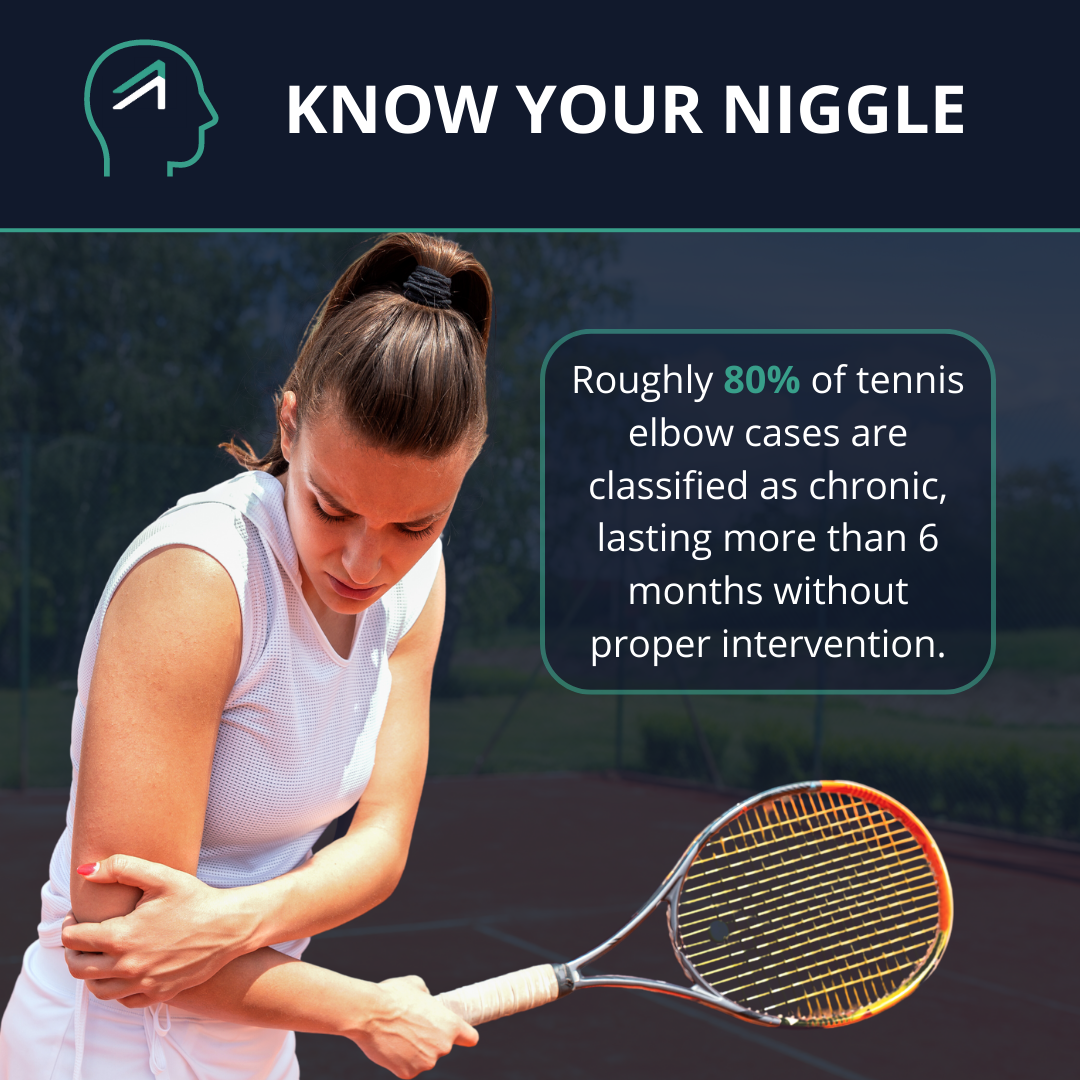Mastering Tennis Elbow: Tips and Tricks with Zlaant

Have you ever felt that persistent discomfort on the outer part of your elbow after a game of tennis or participating in activities that involve repetitive bending of the arm? You're in good company! Tennis elbow, also termed lateral epicondylitis, presents a unique set of hurdles. But in this all-encompassing handbook, we'll navigate through the intricacies of tennis elbow, discussing its origins, preventative measures, and effective ways to handle it. Armed with insights and appropriate resources, you're poised to triumph over tennis elbow and deliver your top-notch performance.
Understanding Tennis Elbow
Tennis elbow, also referred to as lateral epicondylitis, emerges when the tendons linking your forearm muscles to the outer region of your elbow undergo inflammation or sustain damage. This isn’t typically a result of an acute accident or impact, but with repetitive use causing wear and tear much like a rope fraying over time from being tugged at repeatedly. While tennis players often encounter this due to the repetitive swinging of a racquet, it's important to note that this condition extends beyond the tennis court. Engaging in activities featuring repetitive gripping and wrist motions can equally contribute to the development of tennis elbow. Understanding these mechanics sheds light on the broader impact of this condition on various activities.
Recognizing the Signs
Feeling pain and tenderness on the outer part of your elbow, especially when gripping objects or performing wrist movements, might indicate tennis elbow. The pain might radiate to your forearm and wrist, and you might notice weakness in your grip. Early intervention is crucial, so if you suspect tennis elbow, it's important to rest and consult a medical professional. With Zlaant's expert guidance, you can overcome tennis elbow and return to your favorite activities.
Risk Factors to Consider
- Overuse & Repetition: Engaging in activities that involve repeated wrist and forearm movements can strain the tendons in the forearm and increases the risk of tennis elbow.
- Inadequate Warm-Up: Skipping proper warm-ups can leave your muscles and tendons unprepared for strenuous activities, raising the risk of injury.
- Poor Technique: Incorrect form while performing repetitive motions can place excessive stress on the tendons, like improper backhand technique in tennis.
- Weak Muscles: Weak forearm muscles and poor grip strength can make you more susceptible to developing tennis elbow by causing an imbalance in the force distribution across the elbow joint, straining the tendons.
- Age: As we age, the tendons naturally lose some of their elasticity and become less resilient. This can make the tendons more prone to micro-tears and inflammation, especially without proper warm-up.
Preventing Tennis Elbow
Avoid the frustration of tennis elbow with these proactive measures:
- Warm-Up: Prioritize a thorough warm-up that includes wrist and forearm stretches to prepare your muscles for the demand ahead.
- Proper Technique: Focus on proper technique and form during repetitive motions, especially in sports like tennis. This includes maintaining a neutral wrist position and using the appropriate grip to reduce strain on the forearm tendons.
- Ergonomic Adjustments: Maintain proper equipment and form during activities to reduce strain on your elbow and tendons. In your workplace or daily activities, ensure that your workstation is ergonomically designed.
- Strength and Mobility Training: Incorporate exercises that target forearm muscles, improve grip strength and wrist flexibility to enhance resilience. Engage in eccentric training to both strengthen and stretch. Strong muscles provide better support to the tendons and reduce the risk of overuse injuries like tennis elbow.
- Gradual Progression: Avoid sudden spikes in intensity or duration during activities to give your tendons time to adapt.
Navigating Tennis Elbow Recovery:
- Step-by-Step Return: Gradually reintroduce activities to allow your tendons to heal and adapt over time. Temporarily modify or avoid activities that worsen your symptoms. If possible, adjust your technique or use tools with ergonomic grips to reduce strain.
- Targeted Exercises: Collaborate with a healthcare professional or use Zlaant's specialized programs to incorporate exercises that strengthen your forearm muscles and tendons, aiding in recovery. Engage in eccentric strengthening exercises, focusing on the wrist extensors, to promote healing and improve tendon resilience.
- Rest and Care: Employ the RICE method (Rest, Ice, Compression, Elevation) to manage inflammation and promote healing. Applying ice for about 15-20 minutes at a time can help alleviate pain and reduce swelling.
- Gentle Stretching: Introduce gentle stretches to improve flexibility and prevent stiffness as you recover.
- Bracing or Strapping: Consider using a brace or strap specifically designed to alleviate tension on the tendon. These supports can help provide relief and support during daily activities.
Remember, each person's journey is unique. If you're uncertain about your condition, don't hesitate to consult a healthcare professional. Let's tackle tennis elbow head-on by focusing on your body's mechanics and addressing any imbalances. Prioritize forearm muscle strength and embrace Zlaant's philosophy – patience, consistency, and quality movement. By integrating these strategies into your recovery, you'll triumph over tennis elbow and emerge stronger, more agile, and ready to take on your favorite activities.
The path to a pain-free active lifestyle might have a few curves, but with knowledge, tools, and determination, you'll conquer any challenge and get back out there doing the things you love.
Note: This blog post is for informational purposes only and does not replace medical advice. If you're experiencing persistent or severe pain, consult with a qualified healthcare professional.
